- News
- Reviews
- Bikes
- Components
- Bar tape & grips
- Bottom brackets
- Brake & gear cables
- Brake & STI levers
- Brake pads & spares
- Brakes
- Cassettes & freewheels
- Chains
- Chainsets & chainrings
- Derailleurs - front
- Derailleurs - rear
- Forks
- Gear levers & shifters
- Groupsets
- Handlebars & extensions
- Headsets
- Hubs
- Inner tubes
- Pedals
- Quick releases & skewers
- Saddles
- Seatposts
- Stems
- Wheels
- Tyres
- Tubeless valves
- Accessories
- Accessories - misc
- Computer mounts
- Bags
- Bar ends
- Bike bags & cases
- Bottle cages
- Bottles
- Cameras
- Car racks
- Child seats
- Computers
- Glasses
- GPS units
- Helmets
- Lights - front
- Lights - rear
- Lights - sets
- Locks
- Mirrors
- Mudguards
- Racks
- Pumps & CO2 inflators
- Puncture kits
- Reflectives
- Smart watches
- Stands and racks
- Trailers
- Clothing
- Health, fitness and nutrition
- Tools and workshop
- Miscellaneous
- Buyers Guides
- Features
- Forum
- Recommends
- Podcast
feature
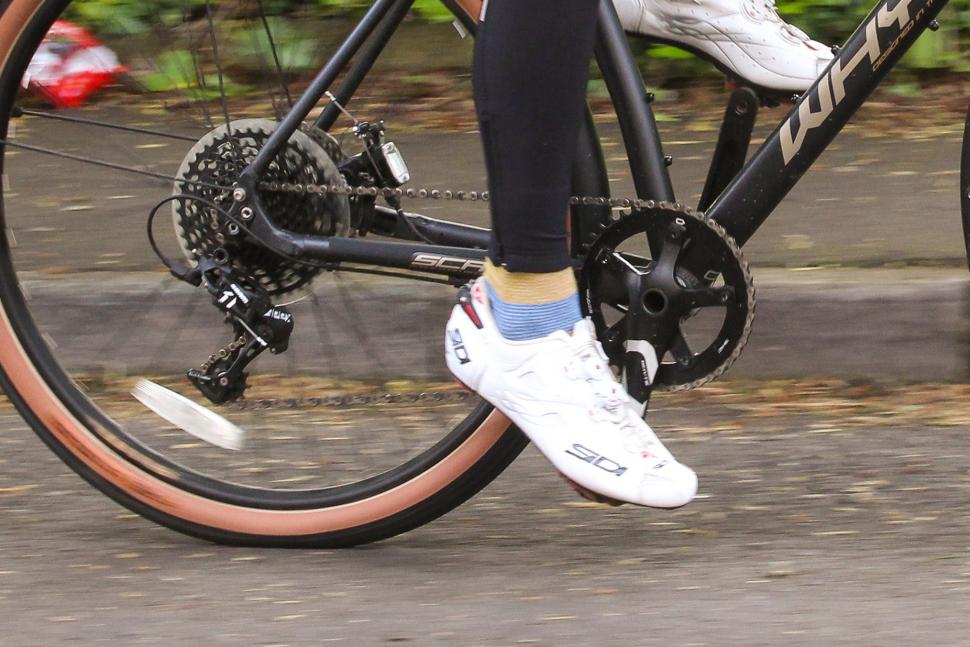 Pedalling closeups - 2
Pedalling closeups - 2Could the wrong stance width be affecting your cycling performance? Find out what it is and why
Having a bike set up that supports your biomechanical system is important for performance gains and to simply keep riding, by not causing yourself an injury. Different handlebar widths are specced on different size bikes to better accommodate each rider’s shoulder width and we’re advised to swap in a saddle that’s the ideal width to support our sit bones... so what about the distance between our feet?
This distance between your feet is called your stance width, and it’s an often overlooked bike fit parameter that can be adjusted for better hip, knee and foot alignment to optimise your pedalling motion and reduce strain.
We spoke to former British Cycling head physiotherapist Phil Burt to find out the ins and outs of stance width, how it relates to another term you may have heard of, Q-factor, and why you should consider taking a closer look at what’s the ideal set up for you.
What is stance width?
Stance Width is not the same as Q-factor. It’s important to be aware of exactly what each term is referring to, so…
Q-factor is the distance between the outside face of each crank arm at the point where the pedal attaches, while stance width is the distance between the centre of one pedal to the centre of the other.
Therefore the pedal spindle width—which is the distance from the centre of the pedal body to the outside face of the crank arm—affects stance width but not Q-factor.
Then there’s Q-angle which is the alignment between the femur (the upper leg) and tibia (the lower leg).
“The Q-angle is the angle between your hip, your knee and where your foot is on the pedal, and that’s why there’s often talk about women having a larger Q-angle because women generally have wider hips while being on the same pedals as everyone else,” Phil of Burt Innovation notes.
“Q-factor can influence Q-angle, but Q-angle can’t influence Q-factor," he notes. “Increasing your Q-factor increases your stance width and decreases your Q-angle.”
It’s your total stance width that you need to pay attention to as this affects how it feels to pedal. As stance width is affected by Q-factor though it’s worth understanding how this value is landed on.
How is Q-factor decided upon?
Q-factor differs between different cycling disciplines rather than bike sizes (as handlebar width does) because it determined by the bottom bracket width, chainstay length and tyre clearance.
Larger tyres require more clearance and therefore need wider chain stays and bottom bracket area, and it needs to be a certain width at the crankset for the chainline that runs to the cassette—hence why fat bikes have the largest and road bikes are the narrowest Q-factors as they have the largest and narrowest tyres respectively.
Why is stance width important?
“Stance width is often a forgotten fit parameter,” Phil notes. “Where your feet are remains exactly the same distance apart, no matter how big or small you are, and that kind of freaks me out a little bit.”
While stance width can be decreased for improved aerodynamics, finding the appropriate width is important to ensure proper hip and knee alignment in each pedal stroke, to optimise performance as well as reduce the chance of injury.
> How to maximise your fitness when you get to 40+
With using clipless pedals, you’re pretty much stuck in that position, give or take a bit depending on how much float you opt for with your cleats, and so it’s important to get right.
Pedalling at a cadence of between 75rpm and 95rpm, you can rack up an awful lot of pedal strokes and even if each is only a little off it can add up to a lot of strain, particularly at your knees. “Increasing stance width can sometimes remove knee pain,” Phil points out.
> Cycling cadence: how fast should you pedal?
There’s both handlebar width and saddle width that we adjust to best suit our body shape, so why aren’t we also paying more attention to the width at the pedals? Pedals are the platform through which you hammer all you’ve got to give.
> How to decide on the best saddle for your type of riding
“Stance width can be an incredibly powerful parameter to manipulate, but you need to know what you’re doing with it,” Phil says.
How can you tell if you should widen your stance width?
While there are no outright rules in determining what your correct stance width should be and it’s worth consulting with a bike fitter to get right, there are some discomfort signs and/or pedalling styles that can suggest you’re not riding with the best stance width for you.
> Should you get a bike fit?
If you are experiencing certain types of saddle sores, bilateral ones, these could be relieved by increasing the distance between your feet at the pedals Phil notes.
“If you have what I call gutter saddle sores—in the crease between your groin and where your legs start—adjusting saddle fore/aft or getting the tilt right for support can help, but also by just putting a washer on each side makes a massive difference,” Phil recommends.
> How to fit and set up your saddle - get your position right
He points out that people with certain types of biomechanics, such bowed legs (when your knees are really far apart), could benefit from a wider stance width as these sorts of riders struggle to come back into the pedals for an effective motion.
Also, next time you’re riding look down at your own pedalling style as there’s signs that could point to fit issues that could be solved by increasing stance width.
“A very common one is your knees drifting very close to the top tube because you’ve run out of room down at the bottom of the pedal stroke,” Phil explains, “basically the knee is encouraged to come into the top tube because your thigh has to rotate downwards to get towards the pedal.
“Often people who’ve got a wide pelvis, and therefore have a big Q-angle, will find this if the Q-factor is too small here with a standard set up.
“If you make the stance width wider then your knee can’t get as close.”
Phil adds: “You may still have that movement pattern, but if you move it wider then that’s happening further away from the top tube and the hip is more in line with where the foot is – that’s decreases the Q-angle.”
As well as paying attention to pedalling style, body size has an effect on what’s the optimal stance width for you.
If you have a wider pelvis, and therefore ride a wider saddle for sufficient support, this could be an indication that a wider stance width would suit you better. Women tend to have wider pelvises and Phil notes that he has put more women on wider pedals (to increase Stance Width) than men in his practice.
Asking Phil if having a wider saddle is a handy sign that you should be considering a wider Q-factor, he replied: “It seems to hold true and I have had success with that, fixing knee pain for example.”
Be careful changing your stance width
“Some people find when they go from a mountain bike to a road bike because the Q-factor has decreased and the Q-angle has increased, that can sometimes lead to issues like ITB pain and problems like that.
“Going narrower can increase the strain on our lateral structure.”
But either way, it’s the change bit that may be the harm. “If don’t really notice changes to your bike position you’re probably going to accept differences in stance width with no consequences to your performance, other people who are sensitive need to be wary of that,” Phil warns.
It affects the way it feels to ride, and this potentially has a knock on effect with performance…
Does it rob you of power?
“If your Q-angle is too big and your stance width is too narrow for you, I think it does rob you of power, so going wider may help.”
Phil caveats this: “Increasing your Q-factor riders could see a decrease in power because the environment they’re operating is different.
“Almost everyone has learnt to cycle on the standard width, so although changing could be better, it might feel a bit different to begin with,” Phil notes.
It might take some adapting to and in this period you could see a drop in your power output, though Phil adds, “there’s no reason why you might not adapt to that over time though.”
A narrower or wider stance width in itself doesn’t necessarily result in a greater or lower power output.
It’s more about adjusting to find the correct width that supports your biomechanical set up for effective pedalling.
> How to make your bike more comfortable - check out our 14 tips
Uncomfortable saddle sores that can be caused by too narrow a stance width may also mean you’re not able to deliver the power you’re truly capable with. Being comfortable does affect performance as you’re unlikely to push the pedals hard if you’re aching in other places, so don’t neglect that.
How can you adjust your stance width?
You can increase your overall stance width by adjusting the medial/lateral cleat position by sliding the cleat towards the inside of your foot which will push your feet outside on the bike, or for a more considerable adjustment go for a longer pedal spindle.
“I’m a massive fan of the Speedplay pedals because they are available in different stance widths,” Phil says.
Speedplay has custom lengths for its Zero Stainless pedals, with 50mm, 56mm, 59mm, 65mm on offer.
Shimano has a longer spindle version for its Ultegra and Dura-Ace pedals, that start at 52mm, or can be bought with the 4mm longer 56mm option.
Alternatively small 1mm washers can be used on both pedals to move the pedal further away from the crank arm to increase the stance width, but you need to have enough threads engaged to guarantee security.
Remember that swapping between different stance widths as you go from riding your road bike to your gravel bike that can cause issues. If that’s the case it’s important to think about the spindle length of the different pedals you use on each bike to close the gap in the Q-factor differences of the two bike types.
> 19 of the best 2021 gravel bikes & adventure road bikes
By using the wider spindle Shimano SPD-SL road pedals with the narrower spindle Shimano SPD off-road it is possible to create a stance width that’s a closer match on your road and gravel bike.
A bike with road Shimano groupset (146mm) and the wider spindle 56mm Shimano pedals would have a Stance Width of 258mm.
Shimano’s GRX groupset is 2.5mm wider on each side (151mm total), and Shimano’s SPD off-road pedals have a standard width of 55mm but are also now available in 52mm. With this narrower pedal, the stance width is 255mm.
That brings the difference to just 1.5mm on each side, and this can be further reduced by adjusting the cleat position or by putting a 1mm washer on the off-road pedals.
The effect of crank length
Shortening crank length also works for solving many different bike positioning issues, for example, by putting less load on your joints and hip flexors this can help reduce knee or back pain.
“Increasing crank length amplifies all the challenges of cycling, while decreasing crank length can artificially correct for stance width problems,” Phil acknowledges.
“As the pedalling motion is reduced that knee isn’t going to dive in as much because it hasn’t got as far to go.”
But Phil adds, “if you’ve got a problem with stance width then it’s still worth addressing because crank length alone isn’t getting to the root of it.” Crank length doesn’t directly fix the problem.
How much of an increase makes a difference?
Favero recently released its DUO-Shi power reading spindle to allow riders to convert pre-owned Shimano SPD-SL pedals into a power meter pedal. In order to achieve this compatibility with Shimano, Favero had to increase the Q-Factor from the industry standard of around 54mm up to 65mm.
> Review: Garmin Rally pedals
That’s a difference of 11mm, which puts it as a 20 per cent increase. “That’s not insignificant,” Phil admits, “it is a change that I think most people would be aware of.”
That said, 65mm is what Speedplay chooses to go up to with its longest pedal spindle length. Even though it is a big jump up from the 54mm we all tend to start off with and although Favero may not have had a choice other to increase to this value to accommodate the Shimano conversion, as it doesn’t exceed the length of one of Speedplay’s chosen spindle lengths it’s not completely out of the right ballpark.
> Cycling power meters: explore these 25 systems to find the best one for you
At the launch, Favero noted: “We knew that the body size (height, pelvis width, etc.) is a subjective factor contributing to determining which is the best q-factor for each one of us.
“On the whole, the majority of our beta testers have accepted this change, giving us a surprisingly, positive feedback at the end of the tests.”
While it could get some getting used to, Phil believes that it could help certain riders. “I don’t think it will cause some people problems, it could even make some people even better.
“The only way I ever normally go is a wider stance width to solve something,” he notes. “By moving across to this wider pedal some people may stumble across solving a problem they didn’t know how to get rid of.
“But if I was somebody who was very sensitive to changes on my bike I’d be careful about increasing stance width just to put on a power meter.”
Anna has been hooked on bikes ever since her youthful beginnings at Hillingdon Cycle Circuit. As an avid road and track racer, she reached the heady heights of a ProCyclingStats profile before leaving for university. Having now completed an MA in Multimedia Journalism, she’s hoping to add some (more successful) results. Although her greatest wish is for the broader acceptance of wearing funky cycling socks over the top of leg warmers.
Latest Comments
- chrisonabike 2 sec ago
TBF currently almost anything that isn't the things you mention will get a WTF from most. Exponentially more so if it also impinges on their...
- Rome73 13 min 57 sec ago
Hold on! Luis Enrique is the manager of Paris St Germain. ...
- Rome73 30 min 55 sec ago
An angle grinder would cut through that Kryptonite D lock in about 5 seconds. Same with the chain.
- HKR 1 hour 4 min ago
It's not 4k though. It's a 4k sensor. But when image stabilization is on, that's chopped down to little over a 1080 image. ...
- tootsie323 2 hours 21 min ago
Or, possibly, a pretty sharp chip...
- ROOTminus1 6 hours 30 min ago
I struggled to find MTB flat shoes that fit my duck-like feet, and buying regular trainers is a pain enough. When I tried to look at road shoes...
- captain_slog 10 hours 18 min ago
Nice idea. Il Lombardia: la classica delle foglie morte. Because that name, Lake Como in autumn, Coppi and proper climbs.
- Bungle_52 12 hours 1 min ago
Well now I've heard the excuses and had time to digest them I'm not impressed to say the least....
- Rendel Harris 13 hours 2 min ago
Definitely legal and a number of teams have used them, I remember an interview with IPT's chief technician a couple of years back where he revealed...

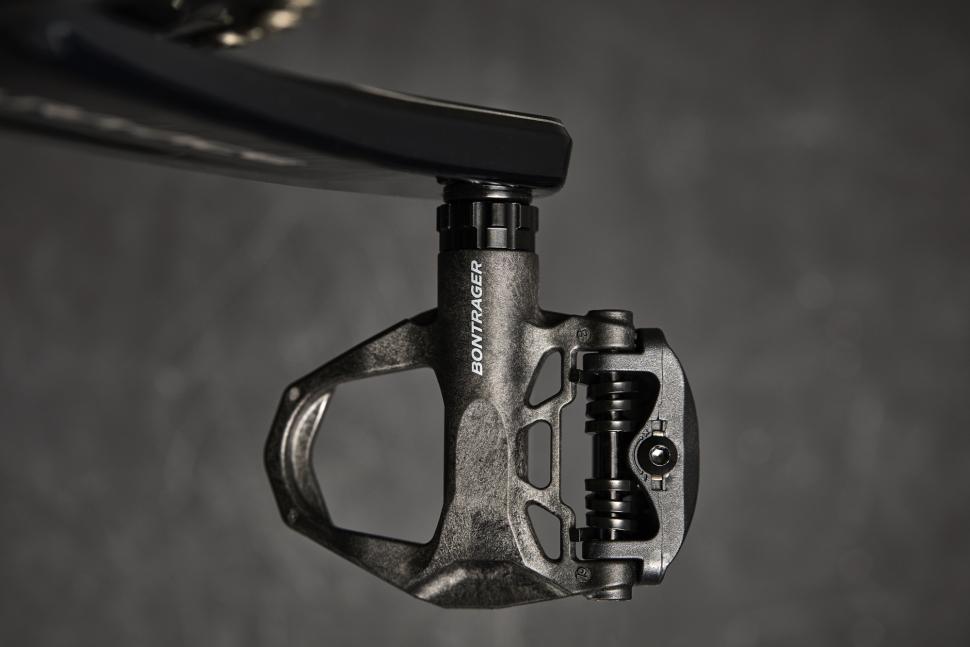

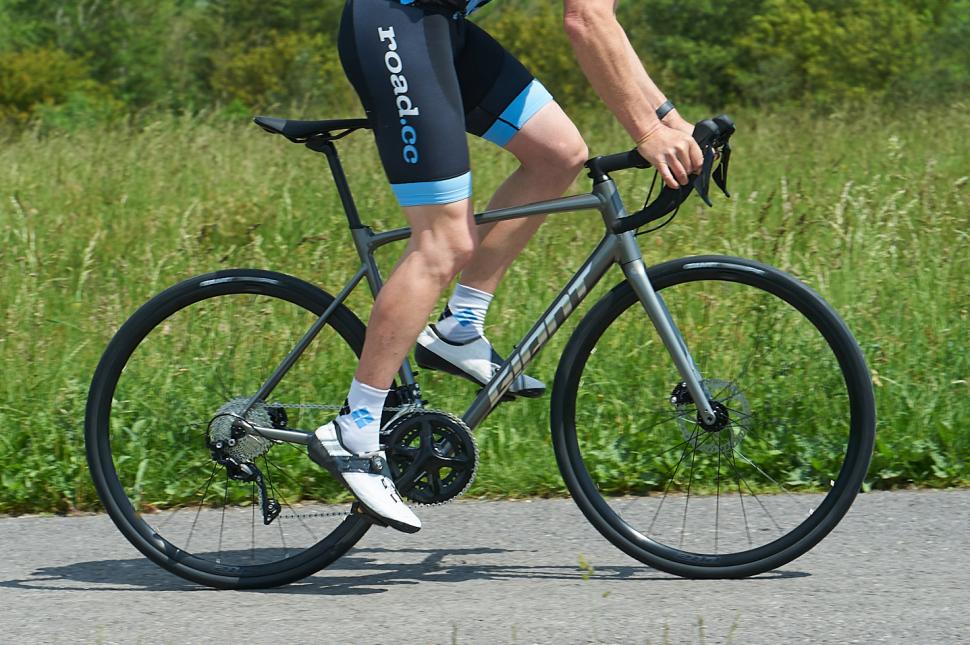
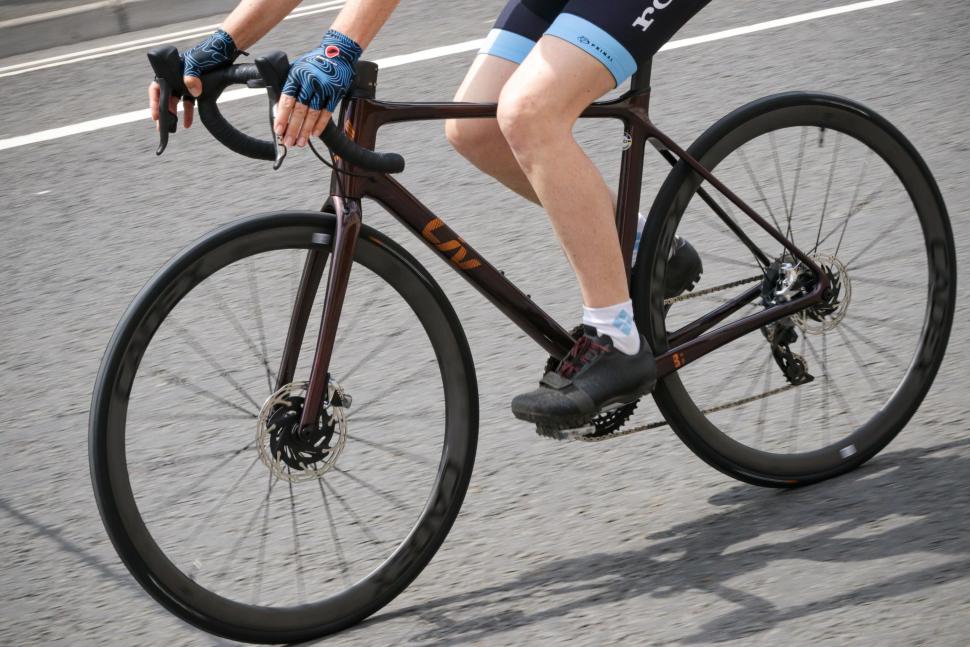
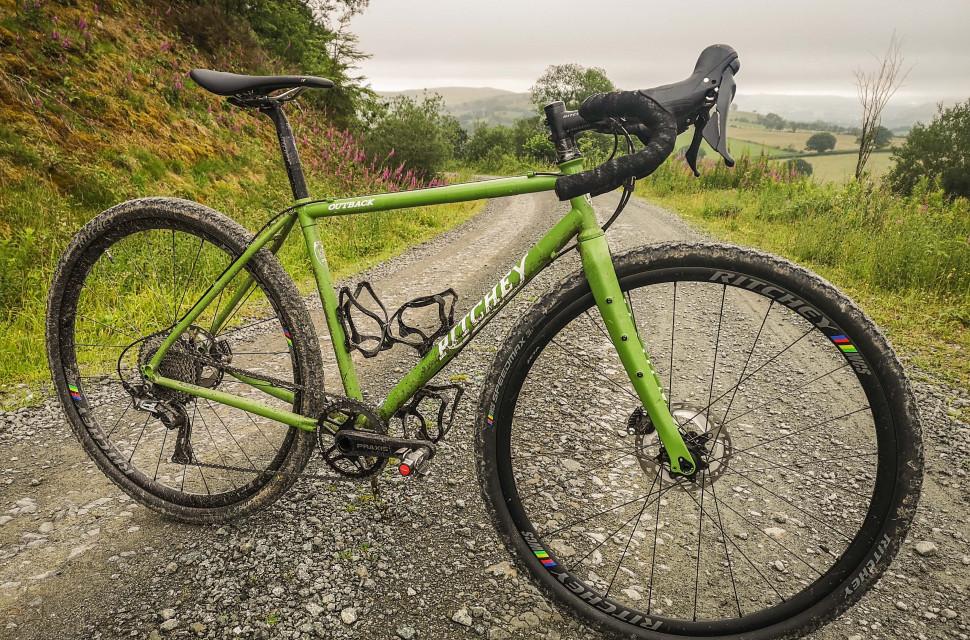
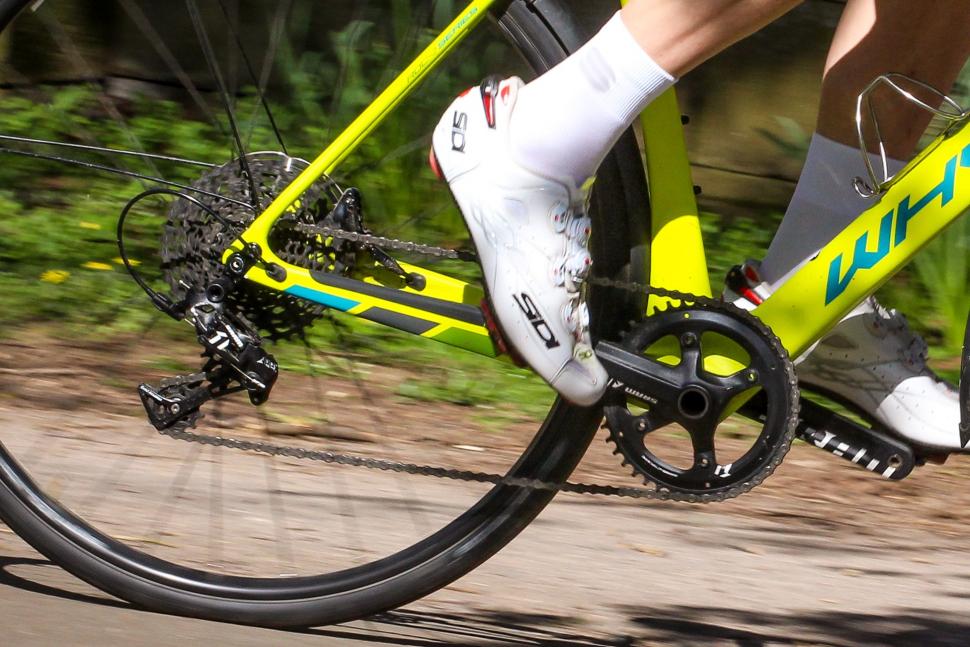
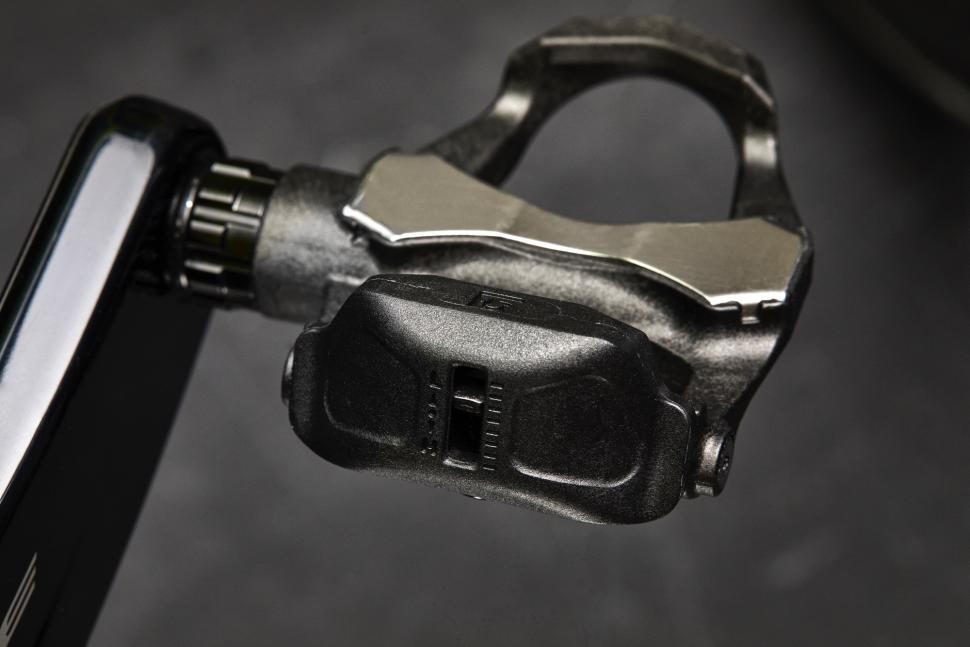
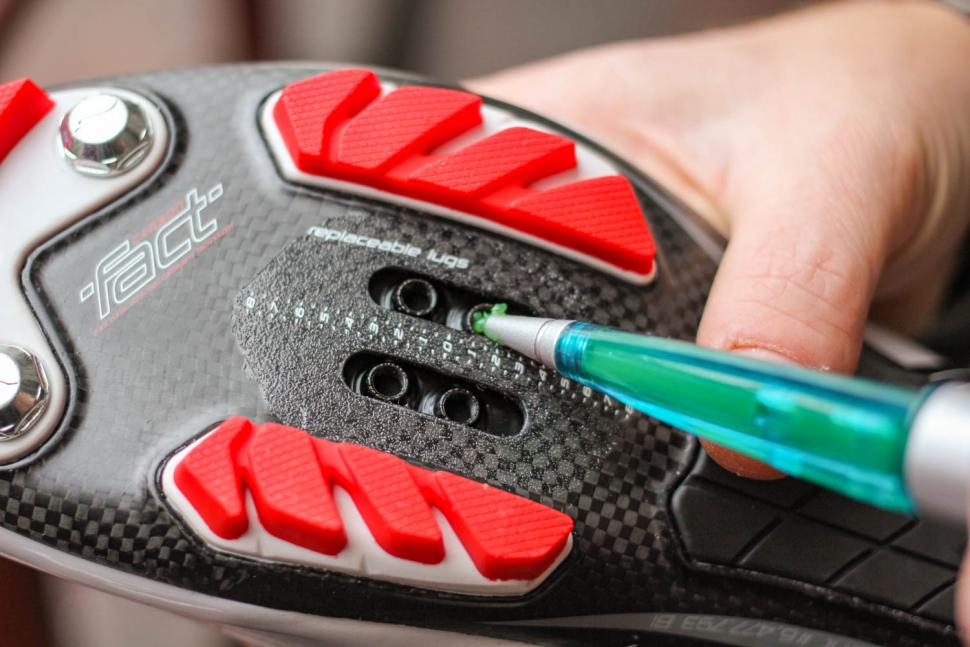

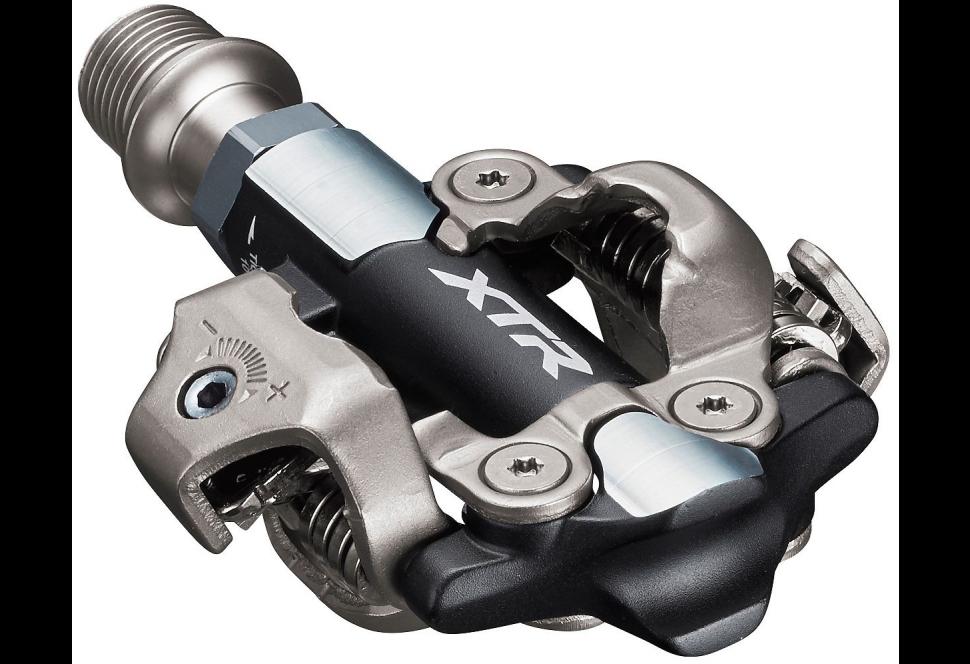

Add new comment
2 comments
Interesting stuff. Well, something else to fret about. I have SPD-SL pedals on all my bikes that have clipless pedals - including my tourer - because I'm too tight to buy more than one pair of cycling shoes. My tourer has a square taper MTB chainset which allowed me to spec a narrow bottom cartridge. If the stiffness on the lateral aspect of my left knee comes back I think I might have an explanation. And more fettling to do. Nice article, ta.
When I restarted cycling about 10 years ago I had terrrible problems with my duff knees. Solved 90% of the pain by fitting 20mm pedal extensions. Got mine from sjs cycles they even have titanium for those of you worried about weight.